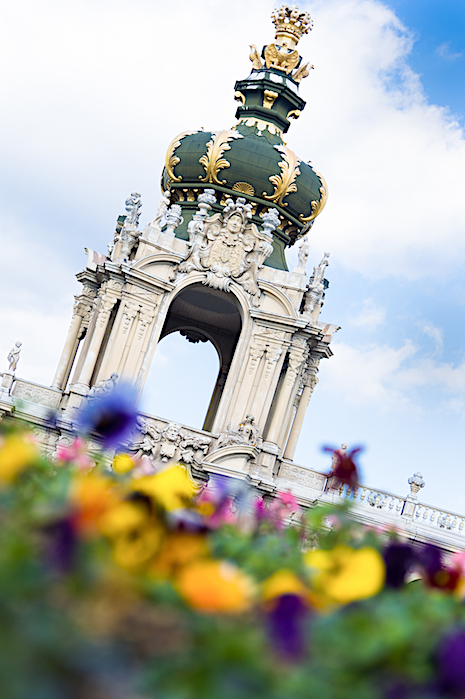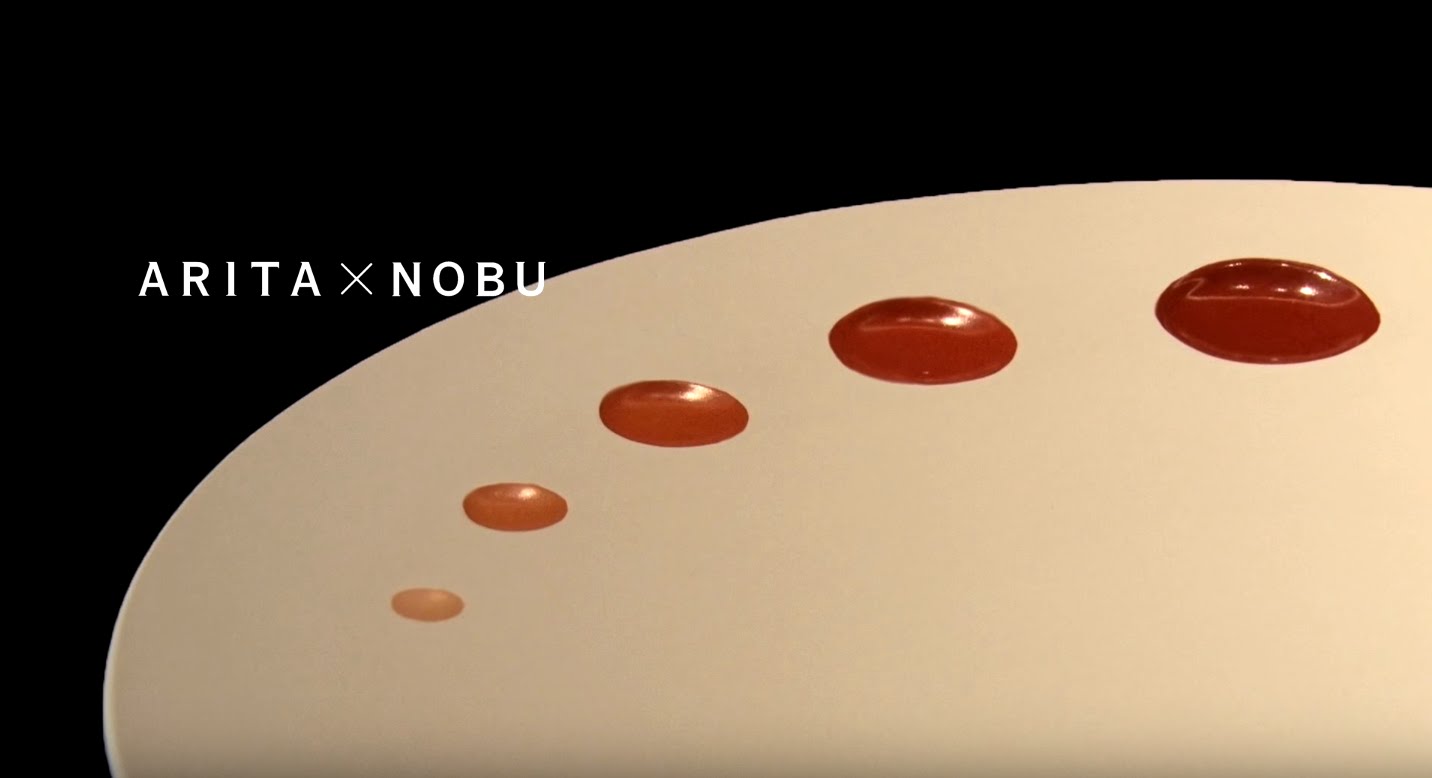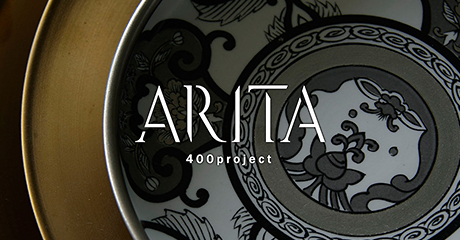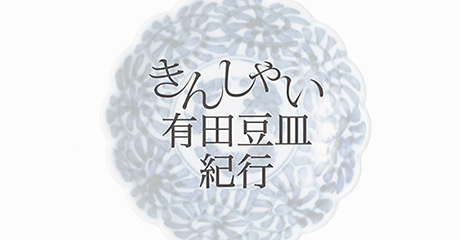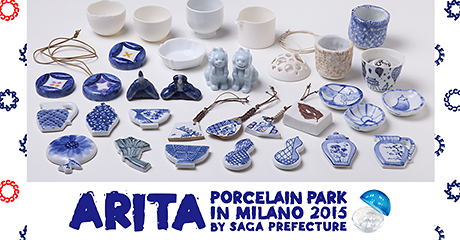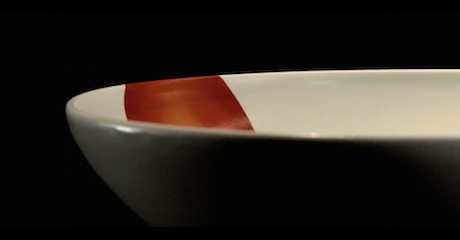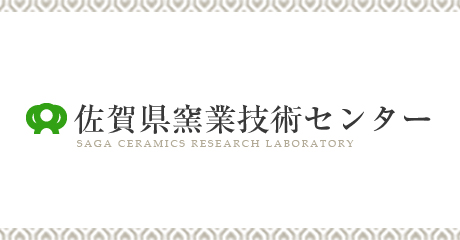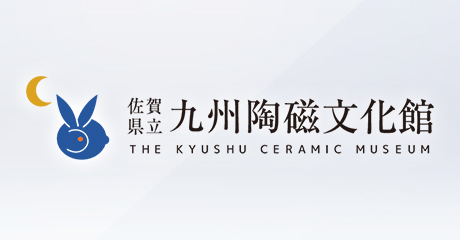The age of the great international expositions: The compelling beauty of Meiji Arita porcelain and Art Nouveau
It was at the Vienna World Exposition in 1873 that the Meiji Government of Japan began officially participating in international expositions. Okuma Shigenobu was the President of Japan’s Exposition Bureau and Sano Tsunetami the Vice President; they were advised by the German chemist Gottfried Wagener, who was resident in Arita and contributing to technological innovations. Wagener, in response to requests from Sano, selected exhibits for the exposition and prepared catalogs and leaflets for the overseas market.*1
Notomi Kaijiro from the Ogi area took charge of drawing up explanatory diagrams of porcelain production and also acted as one of the examiners responsible for choosing exhibits. Kawahara Chujiro, a potter of the Imari Trading Company, also took part along with Tanzan Rokuro from Kyoto in a study tour of European ceramics manufacturers. For this exposition, officials from the Saga domain played an important role in the preparations and the showing of Japanese exhibits.*2
Wagener’s advice – the exhibits should be typically Japanese and exquisite articles, not poorly finished machine-made items – yielded good results, and the Japan Pavilion with a Shinto shrine and a small torii gate, Japanese garden, and displays of Japanese antiques and arts and crafts including ceramics, lacquer ware, and copperware, enjoyed extraordinary popularity, with the reasonably priced craft products flying off the shelves.
After the exposition, the British Alexandra Park Trading Company offered to purchase the Japanese garden, lock, stock, and barrel. A trading firm, Kiritsu Kosho Kaisha, was established for marketing the artistic crafts exhibited in world fairs, and at the Philadelphia World Exposition in 1876, the firm also served as an agency for display and sales, and opened branches in New York and Paris; until its dissolution in 1891, the firm contributed to exports and the acquisition of foreign currency.
For the Vienna World Exposition, former Saga domain retainers had been key delegation members, but for the Philadelphia World Exposition, the new management comprised retainers of the former Satsuma domain. This time, the President of Japan’s Exposition Bureau was Okubo Toshimichi, the Vice-President was Saigo Judo, and the Director was Machida Hisanari. However, the successful policy based on Wagener’s advice – typically Japanese and exquisite articles – still continued, and particular focus was given to ceramics whose exports to the US were increasing.*3
In Philadelphia, the Koransha company from Arita exhibited and was awarded a certificate of merit, and pieces by the master artisans, Fukaumi Suminosuke and Tsuji Katsuzo, received the accolade of gold medal certificates. Spurred by their success, Fukagawa Eizaemon, the first president of Koransha, was determined to take on the challenge of increasing sales overseas. Notomi Kaijiro produced a design book for craft works, titled “Onchi Zuroku” and strove to improve the quality of export products and helped root the concept of “design” in the world of crafts.*4
In the Meiji period amidst the splendor of world expositions, Arita porcelain was a key player in the export industry. The works in those days were awash with colors, and some pieces were made with free use of a range of marvelous techniques.*5 The final pieces were refined shapes exquisitely and completely filled with beautiful colorful designs, captivating the eye of the viewer.

The 3rd Paris World Exposition in 1878 saw the Japan boom in Europe reach its peak.
Ernest Cheneau, an art critic, visited Japan’s exhibition hall and reported: “At the Champ-de-Mars venue, we witnessed our French collectors offering high prices for all of the articles in the Japanese exhibition and every single piece was taken away in only a few days. This was no longer a fashion, but rather evidence of fanaticism or insanity.”*6
In this exposition, 242 Japanese exhibits, the most so far, received awards and especially ceramics were highly evaluated. During the following 10 years, the export volume of Japanese ceramics increased by 2.7 times; a reminder of the high watermark days of Dutch East India Company exports in the 17th century.
The initiator of this Japan boom was Maeda Masana, who served as the Director of Japan’s Exposition Bureau at the young age of 27. In 1869 Maeda had traveled to Paris to study and having directly experienced the excitement of Japonism, advocated continuous export and sales even after the exposition, and urged upon officials in Japan the absolute necessity of earning a high reputation at the expositions.
In response to Maeda’s policy, all manufacturers focused on producing three types of standard for expositions: elaborate and aesthetic articles reflecting the Japanese spirit; items suitable for practical use in the West; and low-priced goods finished to a high standard.*7 The number of Japanese exhibitors and exhibits grew to the highest-ever, and at the same time, a foothold for the later export expansion was established. In addition, Japan’s Exposition Bureau published a booklet in French, titled “Japan in the 1878 World Exposition” to explain Japanese ceramics and other exhibits as well as the country’s politics and culture. Moreover, Maeda placed his essays on Japanese arts and crafts in a variety of magazines, and through this media strategy broadened understanding and interest in Japan.
With this exposition, the foreign export measures finally yielded good results for the profits of private enterprises; on the other hand, however, some critics stressing the importance of Japanese traditional beauty pointed out a watering down of aesthetics and an over-focus on pleasing the tastes of Westerners.
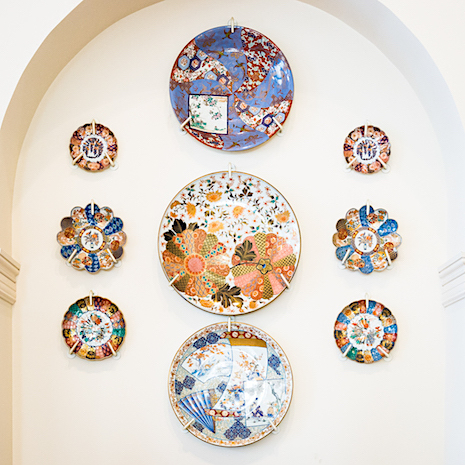
Later, at the 1889 and 1900 Paris World Expositions, Art Nouveau reached its zenith and replaced Japonism. It was an art dealer Samuel Bing*8 who bridged the two trends, when inspired by his art exhibitions, a string of artists such as those famous standard-bearers of Art Nouveau, Emile Galle and Toulouse-Lautrec, absorbed Japanese artistic sensibilities and created many unique and beautiful works.
In this era, people were thrilled to encounter the new “beauty” and Paris entered a golden age of the arts known as La Belle Époque.*9 In these years, Paris blossomed into “the capital of the arts” and even today is still known for awakening the artistic aspirations of people all over the world.
The age of great international expositions occurred nearly a century after the French Revolution, and in these decades French society repeatedly changed its political systems and social order. The political system changed from absolute monarchy to constitutional monarchy and finally republican government. The French Revolution destroyed the class system and a new era of freedom was ushered in at a cost of some 2 million lives lost during the Reign of Terror and Napoleonic Wars; the decades leading up to La Belle Époque had their fair share of confusion and disorder culminating in the Franco-Prussian war and a French defeat, and against such a turbulent background the French may well have had a strong longing for a time of peace.
The beauty of Japan born during the quiet 260 years of the Edo period was a balm for a bruised French society, and the passions of the master craftsmen of Arita porcelain released the essence of beauty into Paris, which became the cradle of several new art movements that would later spread all over the world.
- *1 “Report on Participation in a World Exposition in Austria” 1998, Fujimi Shobo
- *2 Genji Matsumoto, “The Historical Story of Arita, a Village of Fire” 1996 Yamaguchi Insatsu
- *3 “Report on the Philadelphia World Exposition in the United States” 1999, Fujimi Shobo
- *4 “World Expositions and Arita Porcelain” in “Fudebako No. 33” 2016, Hakuhodo
-
*5 Yukio Suzuta (supervisor and author), “Meiji Arita: Compelling Beauty” 2015, Sekaibunka Publishing
A special touring exhibition “The Compelling Beauty of Arita Ceramics in the Age of the Great International Expositions” is held at nationwide museums from 2016 to 2017. -
*6 Noriko Teramoto “The Role of Maeda Masana in the 1878 Paris World Exposition: The Leading Player of the Japonism Trend” in “World Expositions and Human History” 2015, Shibunkaku
Translation into Japanese by Ms. Teramoto. Original text: E. Chesneau, “Exposition universelle; Le Japon à Paris” Gazette des Beaux-Arts, Paris, le 1er Septembre 1878 - *7 Osamu Soda, “Maeda Masana” 1987, Yoshikawa Kobunkan
- *8 The art dealer Bing published an art magazine “Le Japon Artistique (Japan of Arts)” featuring Japanese arts and planned numerous exhibitions. He delivered Japanese art objects to major European museums.
-
*9 “La Belle Époque” means the beautiful era, and refers to a prosperous period for the arts and the economy celebrated in European cities from 1871 through to the outbreak of World War I; key events were a string of World Expositions, three of which were held in Paris in 1878, 1889, and 1900. Many new art movements such as Impressionism and Art Nouveau bloomed during this time.
Refer to the following: Masaru Yamada, “Recollections of La Belle Époque: Dreams and Pleasure from the End of a Century” (1990, NHK Publishing); Norihiko Fukui “Culture at the End of a Century and La Belle Époque” (1999, Yamakawa Shuppansha); Megumi Jingaoka, “Dictionary of Contemporary Arts Terminology 1.0”
